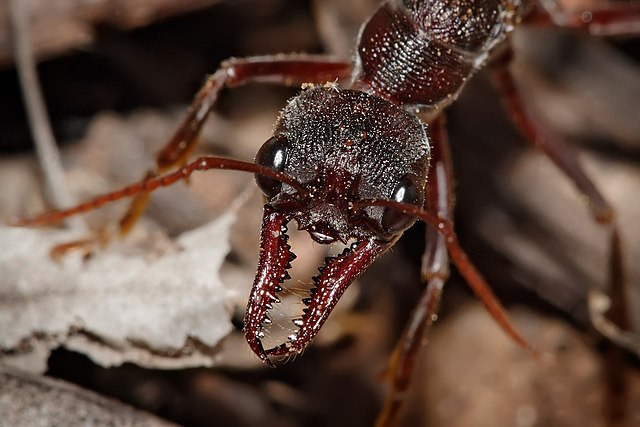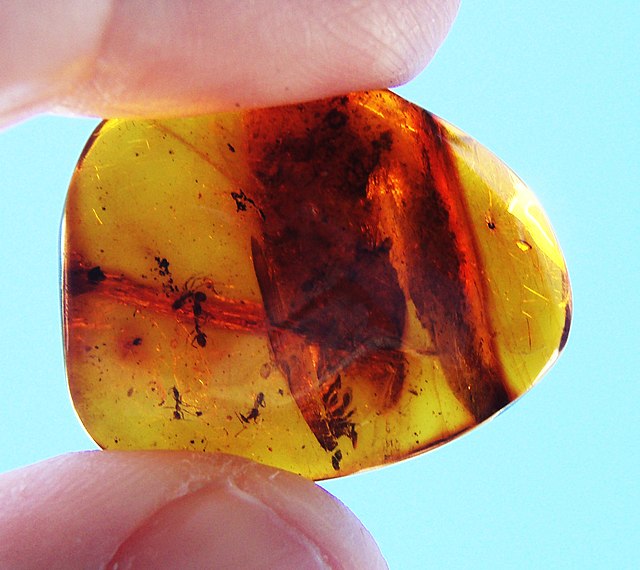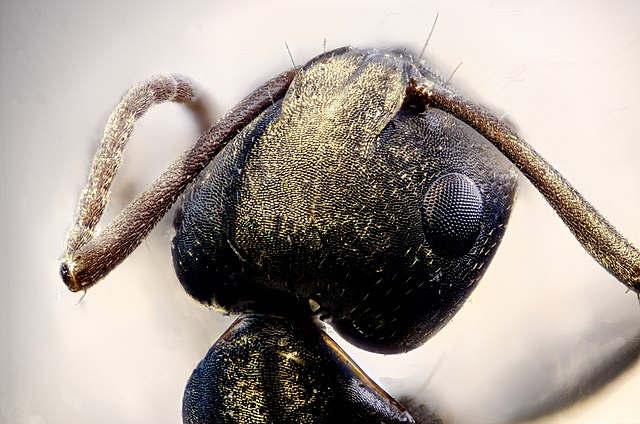Myrmecia is a genus of ants first established by Danish zoologist Johan Christian Fabricius in 1804. The genus is a member of the subfamily Myrmeciinae of the family Formicidae. Myrmecia is a large genus of ants, comprising at least 93 species that are found throughout Australia and its coastal islands, while a single species is only known from New Caledonia. One species has been introduced out of its natural distribution and was found in New Zealand in 1940, but the ant was last seen in 1981. These ants are commonly known as bull ants, bulldog ants or jack jumper ants, and are also associated with many other common names. They are characterized by their extreme aggressiveness, ferocity, and painful stings. Some species are known for the jumping behavior they exhibit when agitated.
Myrmecia (ant)
HMS Endeavour, the ship that Joseph Banks was on when he discovered M. gulosa
Joseph Banks is thought to have provided the first description of an ant of the genus Myrmecia when he collected and described a specimen of M. gulosa in 1770.
Bull ant showing the powerful mandibles and the relatively large compound eyes, which provide excellent vision
Ants are eusocial insects of the family Formicidae and, along with the related wasps and bees, belong to the order Hymenoptera. Ants evolved from vespoid wasp ancestors in the Cretaceous period. More than 13,800 of an estimated total of 22,000 species have been classified. They are easily identified by their geniculate (elbowed) antennae and the distinctive node-like structure that forms their slender waists.
Ant
Ants fossilised in Baltic amber
Bull ant showing the powerful mandibles and the relatively large compound eyes that provide excellent vision
Ant head







